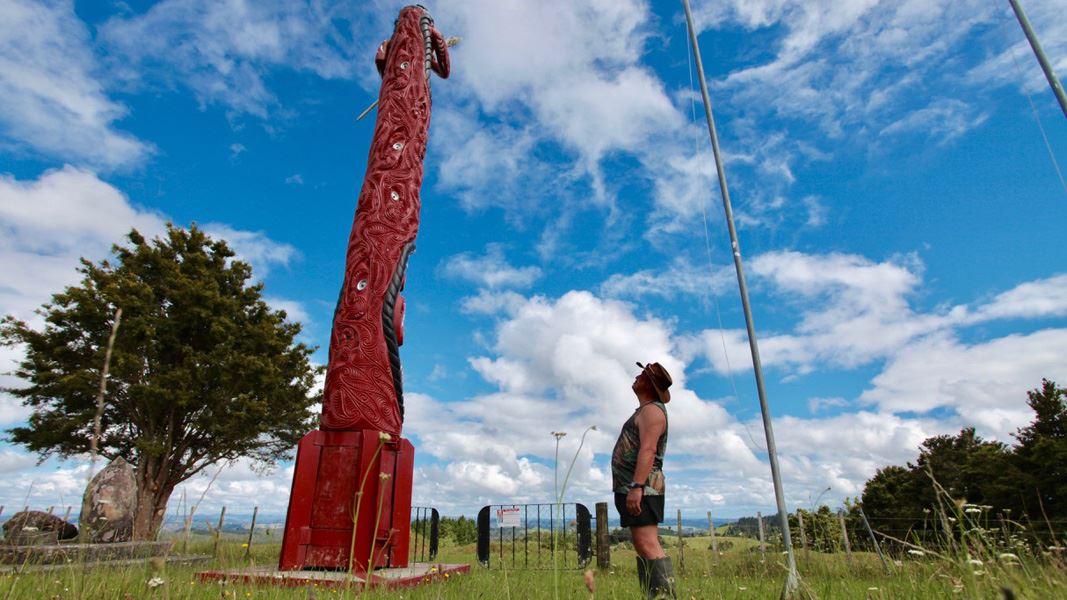
Located in the Northland region
Introduction
Where dissatisfaction over the Treaty turned to war: The history of Ruapekapeka is entwined with that of the Treaty of Waitangi, a living document which continues to shape New Zealand society.Historians point to the significance of this place:
"The very existence of the Ruapekapeka site counteracts a powerful myth; the idea that Māori and Pākehā were miraculously joined as one after the signing of the Treaty of Waitangi". (Jamie Belich, 1986).
It took just five years from the signing of the Treaty of Waitangi in 1840 for disagreement on its interpretation to ignite into an armed uprising. The conflict between British colonial forces and northern Māori in 1845 and 1846 culminated in the battle of Ruapekapeka Pā.